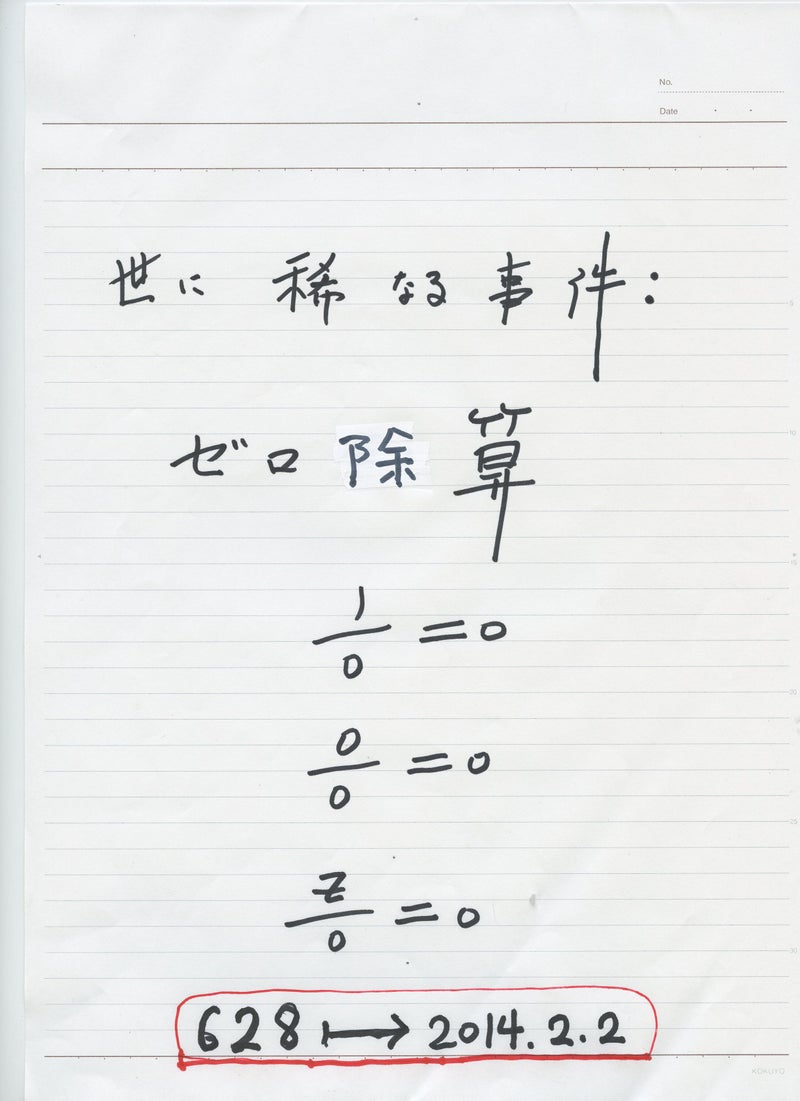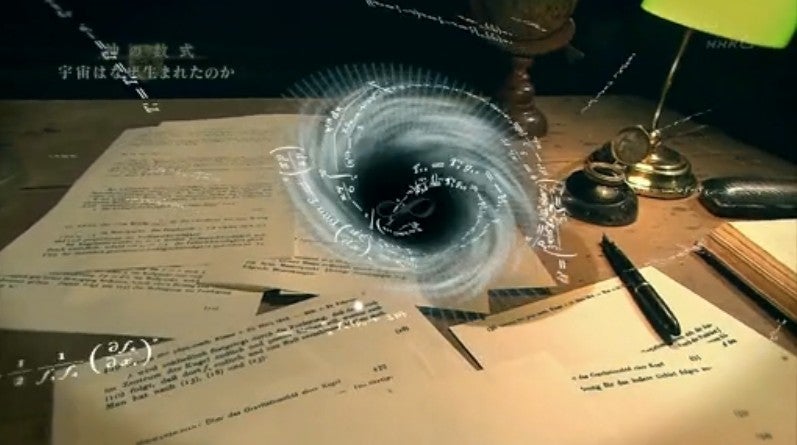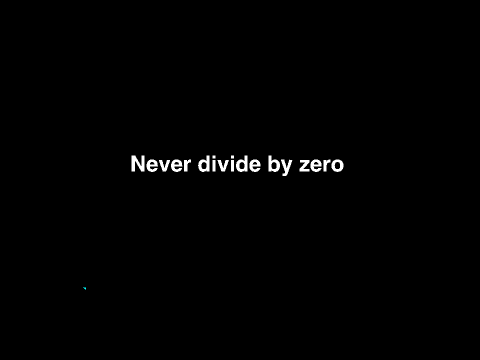Is there Gravity in Space? Here’s all you need to know
Gravity is a fundamental interaction between objects with mass. Any two objects that have mass will have a gravitational force pulling them together. The intensity of this gravitational force depends on the distance between the objects, in other words, the further apart the objects get, the weaker the gravitational force. The magnitude of this force also depends on the masses of the two objects; hence, higher mass implies more force.
One of the four fundamental forces at work in the universe is the Gravitational force. The other three are namely — the electromagnetism, the weak nuclear force and the strong nuclear force, and all four combined binds the universe as it is. Out of these forces, the strongest one, over very short, atomic-scale distances is the ‘strong nuclear force.’ Electromagnetism comes next, as the second-most powerful, but it’s still 150 times weaker than the strongest force. Next is the ‘weak nuclear force,’ which is about 10,000 times weaker than electromagnetism, and the weakest of the four is the gravity.
The limitation that the strong and weak nuclear forces face is that they can only exert force over atomic-scale distances. However, there is no such limitation with either electromagnetism or gravity. They can work over distances of light years, according to the studies till now. Isaac Newton was the first to figure out the concept of gravity, how it worked and published his research in the apparently the greatest of all scientific works, The Principia Mathematica, in 1686. Newton defined gravitational force Mathematically as being directly proportional to the product of the masses of the objects and inversely proportional to their squared distances, which is also referred to as “Newton’s Law of Universal Gravitation.”
Newton is still known for his research about gravity, and the Law of Universal Gravitation was the decisive factor on how planets moved, and the stability of the universe until Einstein appeared with his theory of general relativity in 1916. Einstein’s theory of general relativity combined Newton’s Law with Einstein’s theory of special relativity, which scientifically defined the phenomenon with the relationship between space and time. In layman’s terms, Einstein did not say that the Newton’s Law of Universal Gravitation was wrong but stated it to be incomplete and appended his ‘special relativity’ theory to provide an explanation on how massive objects interacted over great distances.
Since then, scientists have been trying to come up with a unified theory, as the “theory of everything” or “combined theory” that will combine gravity, general relativity and quantum mechanics into a single, unified and cohesive theory to explain the happenings in the universe. After publishing his various theories on ‘relativity’, even Einstein was in search of a unified approach, but he had no luck coming up with one, and such a ‘unified theory’ is yet to be discovered.
Gravity is not just experienced by small objects, but even the celestial bodies including the sun, the earth and the moon among others, also experience it. It is the force that keeps the solar system stable and binding together. So to answer, is there gravity in space? The answer would be yes there is, but not just from Earth, but from all the celestial bodies that are our there in space.
https://tecake.in/gravity-space-heres-need-know
とても興味深く読みました:
\documentclass[12pt]{article}
\usepackage{latexsym,amsmath,amssymb,amsfonts,amstext,amsthm}
\numberwithin{equation}{section}
\begin{document}
\title{\bf Announcement410 : What is mathematics? -- beyond logic; for great challengers on the division by zero\\
(2018.1.30.)}
\author{{\it Institute of Reproducing Kernels}\\
Kawauchi-cho, 5-1648-16,\\
Kiryu 376-0041, Japan\\
}
\date{\today}
\maketitle
The Institute of Reproducing Kernels is dealing with the theory of division by zero calculus and declares that the division by zero was discovered as $0/0=1/0=z/0=0$ in a natural sense on 2014.2.2. The result shows a new basic idea on the universe and space since Aristotelēs (BC384 - BC322) and Euclid (BC 3 Century - ), and the division by zero is since Brahmagupta (598 - 668 ?).
In particular, Brahmagupta defined as $0/0=0$ in Brāhmasphuṭasiddhānta (628), however, our world history stated that his definition $0/0=0$ is wrong over 1300 years, but, we showed that his definition is suitable.
For the details, see the references and the site: http://okmr.yamatoblog.net/
We wrote a global book manuscript \cite{s18} with 154 pages
and stated that the division by zero is trivial and clear, and in the last section of the manuscript we stated as follows:
\bigskip
\bigskip
{\bf Conclusion}
\medskip
Apparently, the common sense on the division by zero with a long and mysterious history is wrong and our basic idea on the space around the point at infinity is also wrong since Euclid. On the gradient or on derivatives we have a great missing since $\tan (\pi/2) = 0$. Our mathematics is also wrong in elementary mathematics on the division by zero.
This book is an elementary mathematics on our division by zero as the first publication of books for the topics. The contents have wide connections to various fields beyond mathematics. The author expects the readers write some philosophy, papers and essays on the division by zero from this simple source book.
The division by zero theory may be developed and expanded greatly as in the author's conjecture whose break theory was recently given surprisingly and deeply by Professor Qi'an Guan \cite{guan} since 30 years proposed in \cite{s88} (the original is in \cite {s79}).
We have to arrange globally our modern mathematics with our division by zero in our undergraduate level.
We have to change our basic ideas for our space and world.
We have to change globally our textbooks and scientific books on the division by zero.
\bigskip
However, we have still curious situations and opinions for us on the division by zero; in particular, the two great challengers Jakub Czajko and Ilija Barukčić on the division by zero in connection with physics stated that we do not have the definition of the division $0/0$, however $0/0=1$.
They seem to think that a truth is based on physical objects and is not on our mathematics. In such a cases, we will not be able to continue discussions on the division by zero more, because for mathematicians, they will not be able to follow their logics more. However, then we will ask for the question that what are the values and contributions of your articles and discussions. We will expect some contributions, of course.
This question will reflect to mathematicians contrary. We stated for the estimation of mathematisc in \cite{s97}: Mathematics is the collection of relations and, good results are fundamental,
beautiful, and give
great good impacts to human beings.
With this estimation, we stated that the Euler formula
$$
e^{\pi i} = -1
$$
is the best result in mathematics in details in:
\medskip
No.81, May 2012(pdf 432kb)
www.jams.or.jp/kaiho/kaiho-81.pdf
\medskip
In order to show the importance of our division by zero and division by zero calculus we are requested to show their importance.
It seems that the long and mysterious confusions for the division by zero is on the definition. --
Indeed, when we consider the division by zero $a/0$ in the usual sense of the fundamental equation $0 \cdot z= a$, we have immediately the simple contradiction, however, we have such cases may happen, in particular, in mathematical formulas and physical formulas on the universe.
\bibliographystyle{plain}
\begin{thebibliography}{10}
\bibitem{bar}
I. Barukčić,
Dialectical Logic – Negation Of Classical Logic,
http://vixra.org/abs/1801.0256
\bibitem{jake}
J. Czajko, Algebraic division by zero implemented as quasigeometric multiplication by infinity in real and complex multispatial hyperspaces,
Available online at www.worldscientificnews.com
WSN 92(2) (2018) 171-197
\bibitem{guan}
Q. Guan, A proof of Saitoh's conjecture for conjugate Hardy H2 kernels, arXiv:1712.04207.
\bibitem{kmsy}
M. Kuroda, H. Michiwaki, S. Saitoh, and M. Yamane,
New meanings of the division by zero and interpretations on $100/0=0$ and on $0/0=0$,
Int. J. Appl. Math. {\bf 27} (2014), no 2, pp. 191-198, DOI: 10.12732/ijam.v27i2.9.
\bibitem{ms16}
T. Matsuura and S. Saitoh,
Matrices and division by zero z/0=0,
Advances in Linear Algebra \& Matrix Theory, {\bf 6}(2016), 51-58
Published Online June 2016 in SciRes. http://www.scirp.org/journal/alamt
\\ http://dx.doi.org/10.4236/alamt.2016.62007.
\bibitem{ms18}
T. Matsuura and S. Saitoh,
Division by zero calculus and singular integrals. (Submitted for publication)
\bibitem{mms18}
T. Matsuura, H. Michiwaki and S. Saitoh,
$\log 0= \log \infty =0$ and applications. Differential and Difference Equations with Applications. Springer Proceedings in Mathematics \& Statistics.
\bibitem{msy}
H. Michiwaki, S. Saitoh and M.Yamada,
Reality of the division by zero $z/0=0$. IJAPM International J. of Applied Physics and Math. {\bf 6}(2015), 1--8. http://www.ijapm.org/show-63-504-1.html
\bibitem{mos}
H. Michiwaki, H. Okumura and S. Saitoh,
Division by Zero $z/0 = 0$ in Euclidean Spaces,
International Journal of Mathematics and Computation, {\bf 2}8(2017); Issue 1, 2017), 1-16.
\bibitem{osm}
H. Okumura, S. Saitoh and T. Matsuura, Relations of $0$ and $\infty$,
Journal of Technology and Social Science (JTSS), {\bf 1}(2017), 70-77.
\bibitem{os}
H. Okumura and S. Saitoh, The Descartes circles theorem and division by zero calculus. https://arxiv.org/abs/1711.04961 (2017.11.14).
\bibitem{o}
H. Okumura, Wasan geometry with the division by 0. https://arxiv.org/abs/1711.06947 International Journal of Geometry.
\bibitem{os18}
H. Okumura and S. Saitoh,
Applications of the division by zero calculus to Wasan geometry.
(Submitted for publication).
\bibitem{ps18}
S. Pinelas and S. Saitoh,
Division by zero calculus and differential equations. Differential and Difference Equations with Applications. Springer Proceedings in Mathematics \& Statistics.
\bibitem{romig}
H. G. Romig, Discussions: Early History of Division by Zero,
American Mathematical Monthly, Vol. {\bf 3}1, No. 8. (Oct., 1924), pp. 387-389.
\bibitem{s97}
T. M. Rassias, Editor, Nonlinear Mathematical Analysis and Applications, HadronicPress,Palm Harbor,FL34682-1577,USA:ISBN1-57485-044-X,1998, pp.223–234: Nonlinear transforms and analyticity of functions, Saburou Saitoh.
\bibitem{s79}
S. Saitoh, The Bergman norm and the Szeg$\ddot{o}$ norm, Trans. Amer. Math. Soc. {\bf 249} (1979), no. 2, 261--279.
\bibitem{s88}
S. Saitoh, Theory of reproducing kernels and its applications. Pitman Research Notes in Mathematics Series, {\bf 189}. Longman Scientific \& Technical, Harlow; copublished in the United States with John Wiley \& Sons, Inc., New York, 1988. x+157 pp. ISBN: 0-582-03564-3
\bibitem{s14}
S. Saitoh, Generalized inversions of Hadamard and tensor products for matrices, Advances in Linear Algebra \& Matrix Theory. {\bf 4} (2014), no. 2, 87--95. http://www.scirp.org/journal/ALAMT/
\bibitem{s16}
S. Saitoh, A reproducing kernel theory with some general applications,
Qian,T./Rodino,L.(eds.): Mathematical Analysis, Probability and Applications - Plenary Lectures: Isaac 2015, Macau, China, Springer Proceedings in Mathematics and Statistics, {\bf 177}(2016), 151-182. (Springer) .
\bibitem{s17}
S. Saitoh, Mysterious Properties of the Point at Infinity、
arXiv:1712.09467 [math.GM](2017.12.17).
\bibitem{s18}
S. Saitoh, Division by zero calculus (154 pages: draft): (http://okmr.yamatoblog.net/)
\bibitem{ttk}
S.-E. Takahasi, M. Tsukada and Y. Kobayashi, Classification of continuous fractional binary operations on the real and complex fields, Tokyo Journal of Mathematics, {\bf 38}(2015), no. 2, 369-380.
\end{thebibliography}
\end{document}


























0 件のコメント:
コメントを投稿